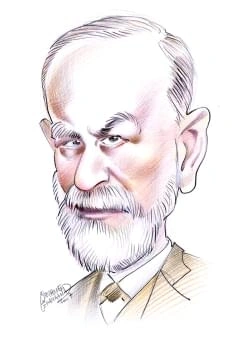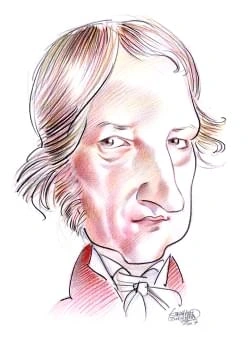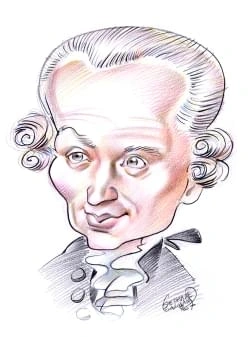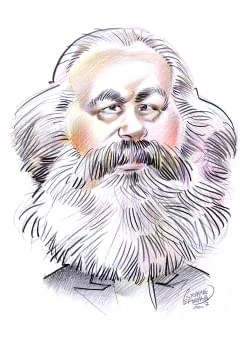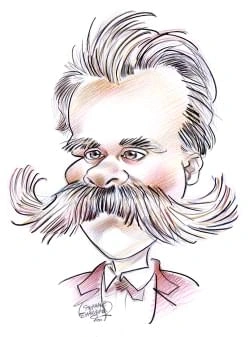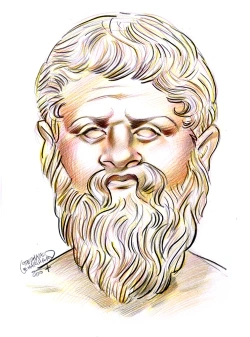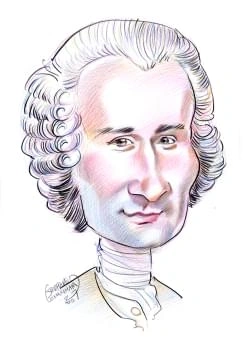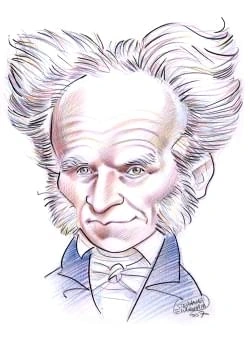4 résultats pour "abbreviated"
-
Atom
I
INTRODUCTION
Water Molecule
A water molecule consists of an oxygen atom and two hydrogen atoms, which are attached at an angle of 105°.
spontaneously break apart and change, or decay, into other atoms. Unlike electrons, which are fundamental particles, protons and neutrons are made up of other, smaller particles called quarks. Physicists know of six different quarks.Neutrons and protons are made up of up quarks and down quarks —two of the six different kinds of quarks. The fanciful names of quarks have nothing to do with their properties; the names are simply labels to distinguish one quark from another. Quarks are unique amo...
-
Atom - chemistry.
Atoms have several properties that help distinguish one type of atom from another and determine how atoms change under certain conditions. A Atomic Number Each element has a unique number of protons in its atoms. This number is called the atomic number (abbreviated Z). Because atoms are normally electrically neutral,the atomic number also specifies how many electrons an atom will have. The number of electrons, in turn, determines many of the chemical and physical properties ofthe atom. The ligh...
-
HEAVY BOOTS
HEAVIER BOOTS
Twelve weekends later was the first performance of Hamlet, although it was actually an abbreviated modern version,
because the real Hamlet is too long and confusing, and most of the kids in my class have ADD.
HEAVIER BOOTS Twelve weekends laterwasthefirst performance of Hamlet, although itwas actually anabbreviated modernversion, because thereal Hamlet is too long andconfusing, andmost ofthe kids inmy class have ADD. Forexample, thefamous "To beornot tobe" speech, whichIknow about fromthe Collected Shakespeare set Grandma boughtme,was cutdown so that itwas just, "Tobeornot tobe, that's thequestion." Everyone hadtohave apart, butthere weren't enoughrealparts, andIdidn't gotothe auditions becausemyboot...
-
Algebra
I
INTRODUCTION
Algebra, branch of mathematics in which symbols (usually letters) represent unknown numbers in mathematical equations.
B Order of Operations and Grouping Algebra relies on an established sequence for performing arithmetic operations. This ensures that everyone who executes a string of operations arrives at the sameanswer. Multiplication is performed first, then division, followed by addition, then subtraction. For example: 1 + 2 · 3 equals 7 because 2 and 3 are multiplied first and then added to 1. Exponents and roots have even higher priority than multiplication: 3 · 2 2 = 3 · 4 = 12 Grouping symbols override...
}})
